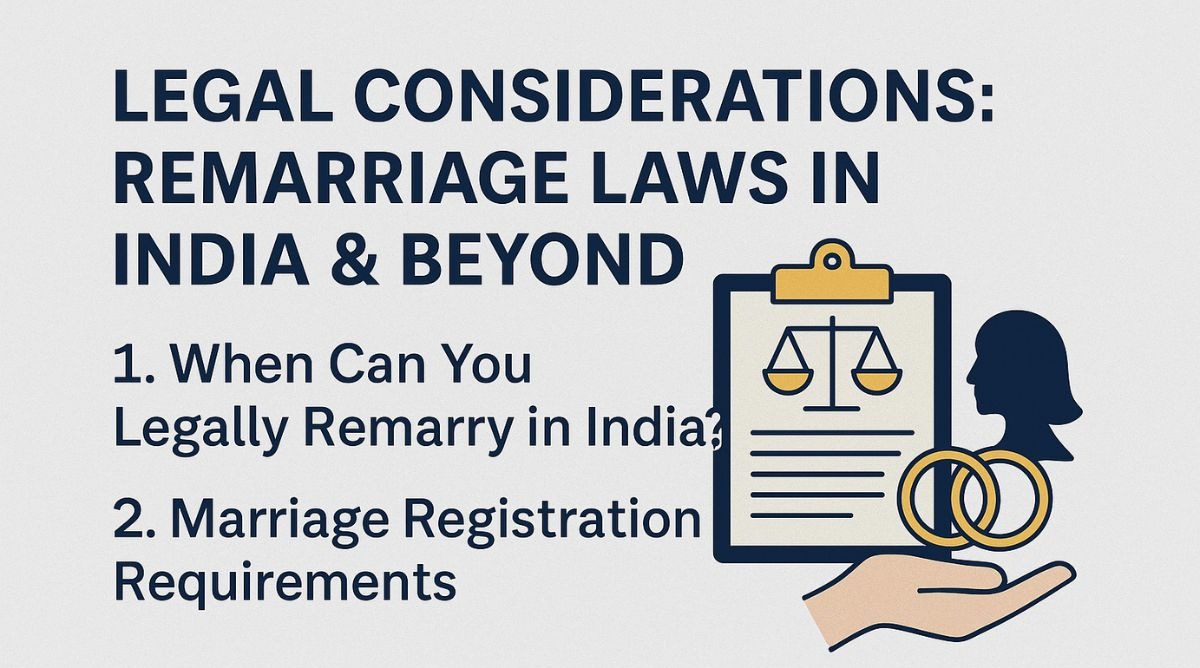Mahesh Grover, J.@mdashThe petitioners are the dependents of one Harbans Lal who died on account of electrocution on 18.11.2010. The post-mortem report of the deceased supported the cause of death on account of electrocution. The petitioners pray for grant of compensation on account of the death of Harbans Lal attributing electrocution to be an act of negligence on the part of the part of the respondents. The respondents have not denied the death of Harbans Lal due to electrocution and have rather admitted in their reply that upon an enquiry having been made, it was found that the electric pole supporting the transmission wires of 11 KVA were loosened because the pole had tilted and Harbans Lal who had gone to bring fodder which he had loaded on his head, came into contact with these loose wires and for this, in the enquiry conducted by the Chief Electrical Inspector, the Uttar Haryana Bijli Vitran Nigam was held responsible. Annexure R-1 is the report of the Chief Electrical Inspector.
2. Having considered the prayer which has been made in the instant petition, I am of the opinion that negligence on the part of the respondents is writ large on the face of it, more particularly so, when the Chief Electrical Inspector, an official of the respondents itself has reported that the wires of 11 KVA transmission line were loosened on account of the pole having tilted. It is clear that the respondents had failed to maintain the requisite standards in order to ensure the safety of people and live stock. Applying the principle of res ipsa locutor to the facts of this case, the issue of negligence is determined against the respondents.
3. The next question to be determined is as to what amount of compensation is to be given to the petitiones.
4. The Hon''ble Supreme Court in Municipal Corporation of Delhi, Delhi v. Association of Victims of Uphar Tragedy and others 2012 (3) RAJ 92 (S.C.) has held that the Constitutional Court while exercising its power under Article 226 of the Constitution of India is certainly empowered to invoke its jurisdiction to answer the claim of compensation and it is not necessary to force the litigant into the throes of long litigation before the civil courts and also to evolve its own methodology to assess compensation.
5. Accordingly, this Court unhesitatingly in the exercise of its jurisdiction under Article 226 of the Constitution of India proceeds to determine the compensation, as the issue of negligence is no longer in question.
6. The deceased was an agriculture labourer and there is no proof of his income. Therefore, taking him to be an unskilled labourer, it would be safe to assume that he would be earning Rs. 4000/- per month. The petitioners are the widow and two minor children of the deceased. Deducting an amount equivalent to 1/3rd which the deceased would have been spending upon himself, the dependency can be assessed as Rs. 2700/- per month which comes to Rs. 32400/- per annum. The post-mortem report reveals the age of the deceased to be 35 years. Applying the multiplier of 17, the amount comes to Rs. 5,50,800/-, which is rounded upto Rs. 5,51,000/-. A sum of Rs. 1 lac is granted on account of loss of love and affection to the petitioners. Another sum of Rs. 20,000/- is granted on account of funeral expenses.
7. The respondents are, therefore, held liable to pay compensation to the petitioners to the tune of Rs. 6,71,000/-. An amount of Rs. 50,000/- was paid to the petitioners by way of interim compensation, which shall be deducted from the amount determined above. The said compensation be released to the petitioners within a period of two months from the date of receipt of a copy of this order. The petition stands allowed.

